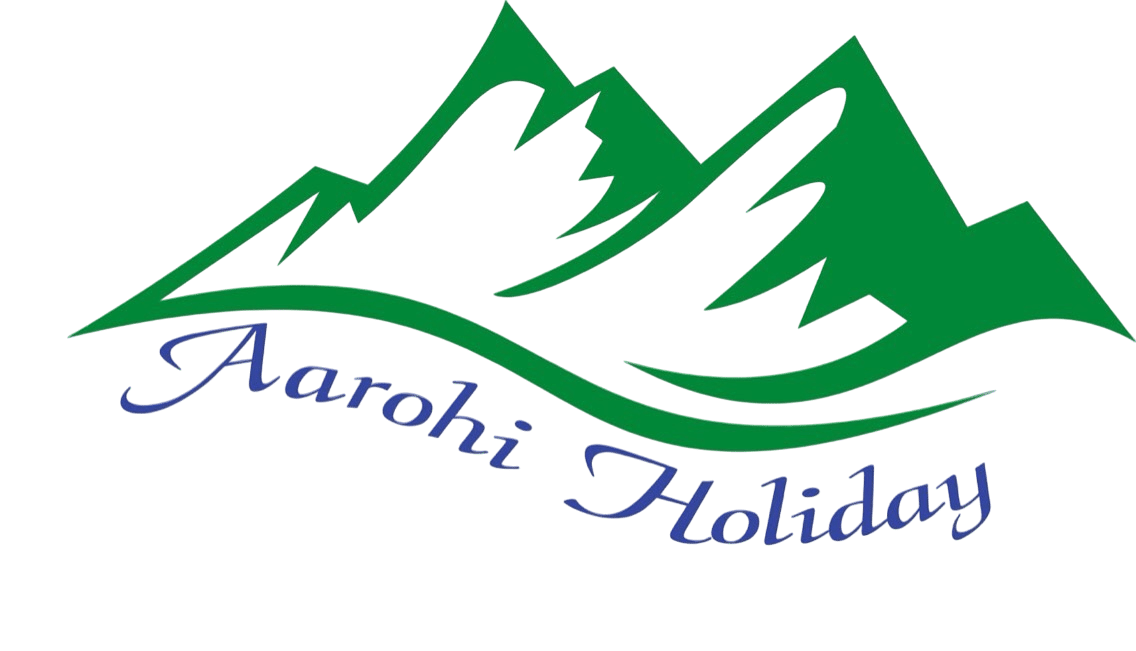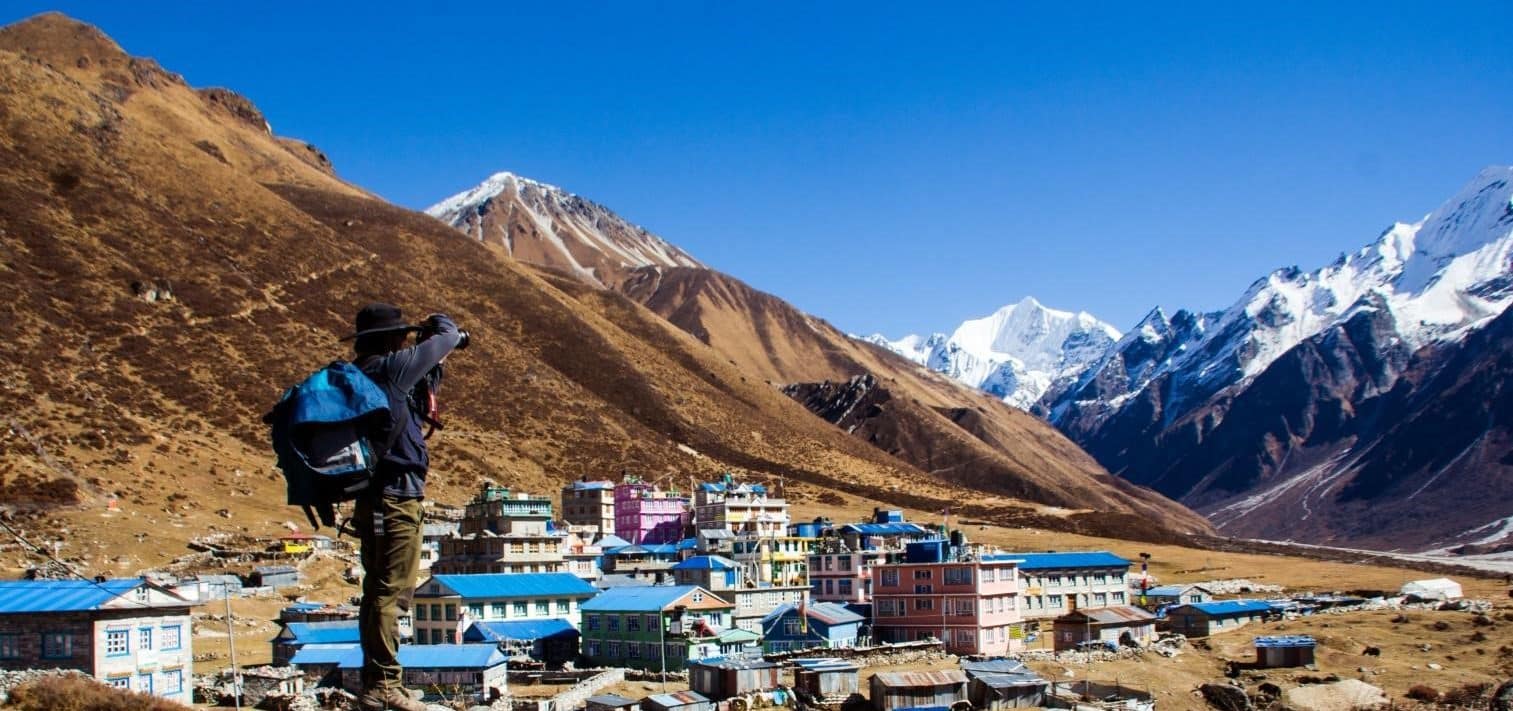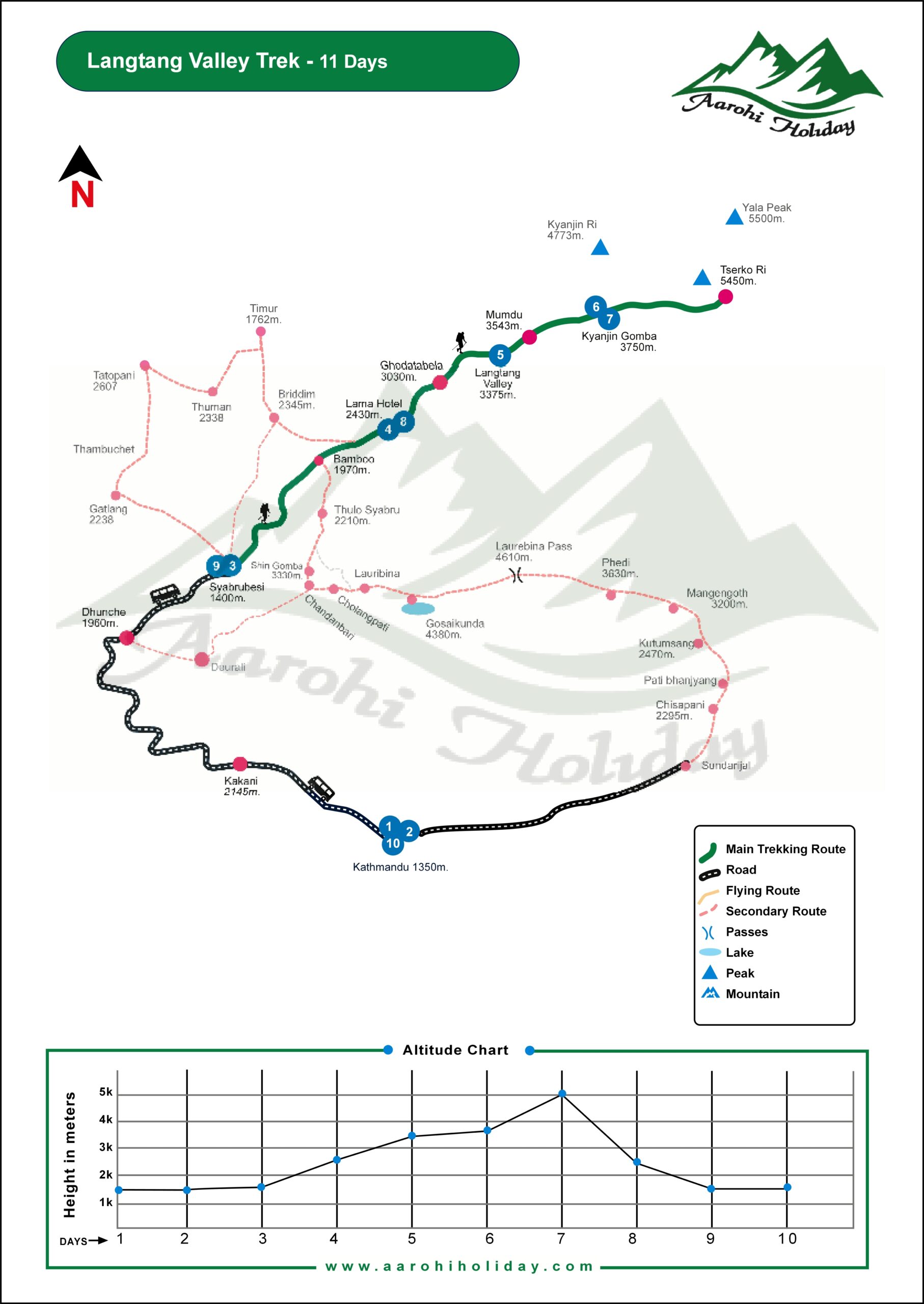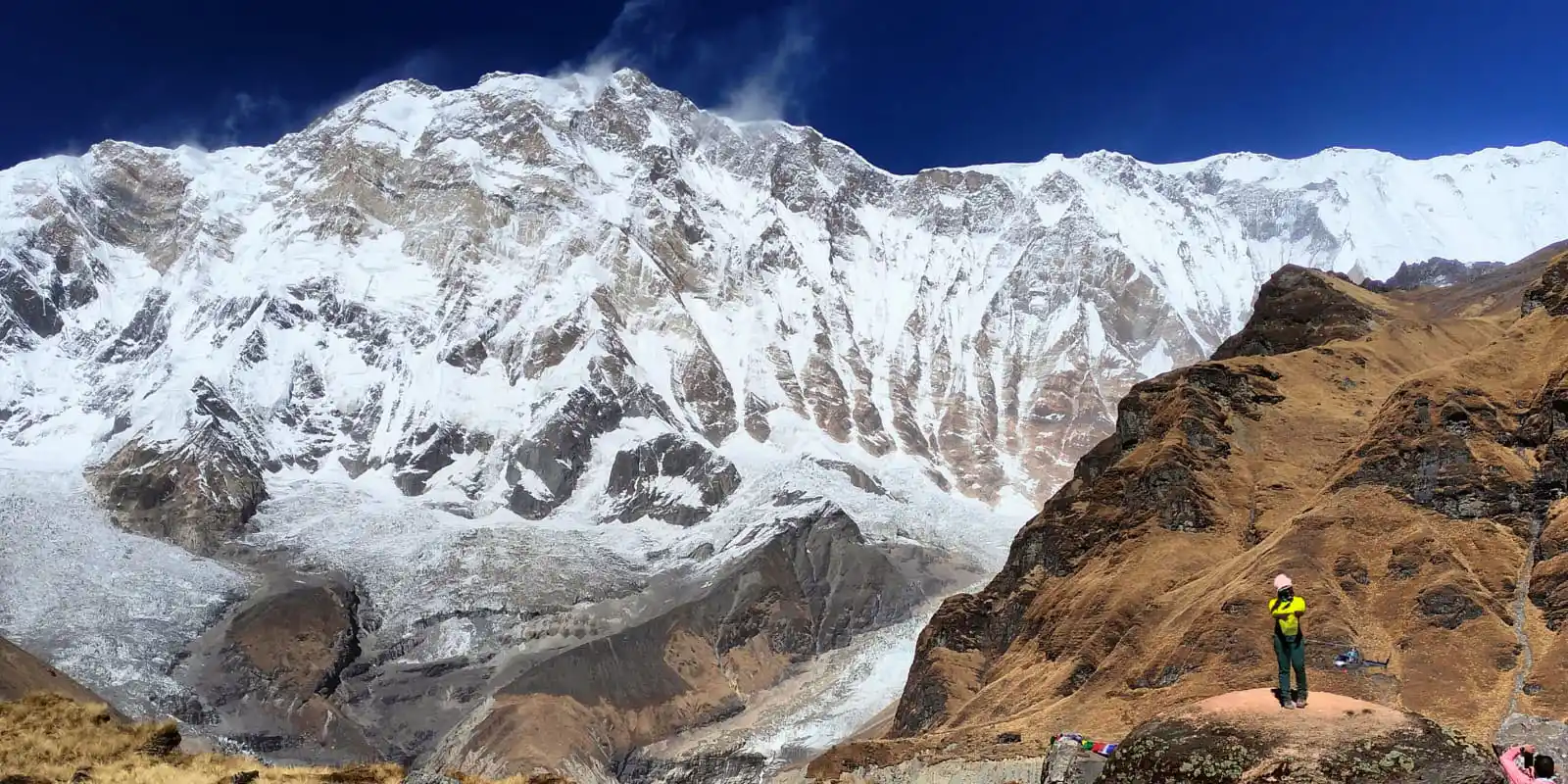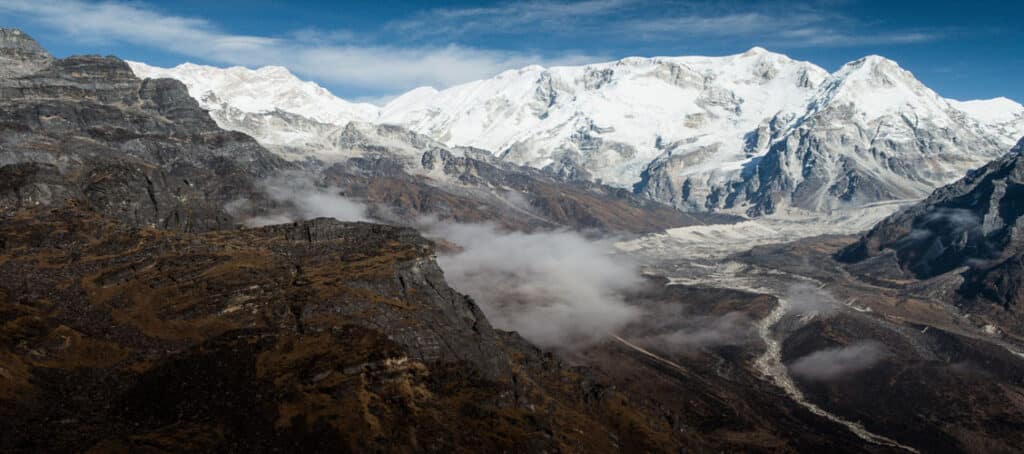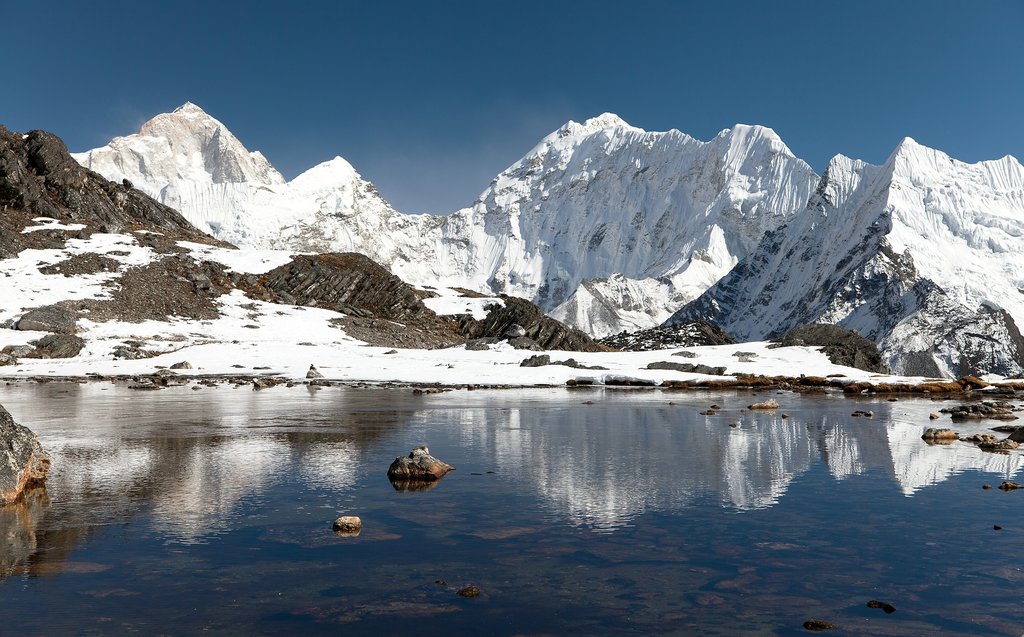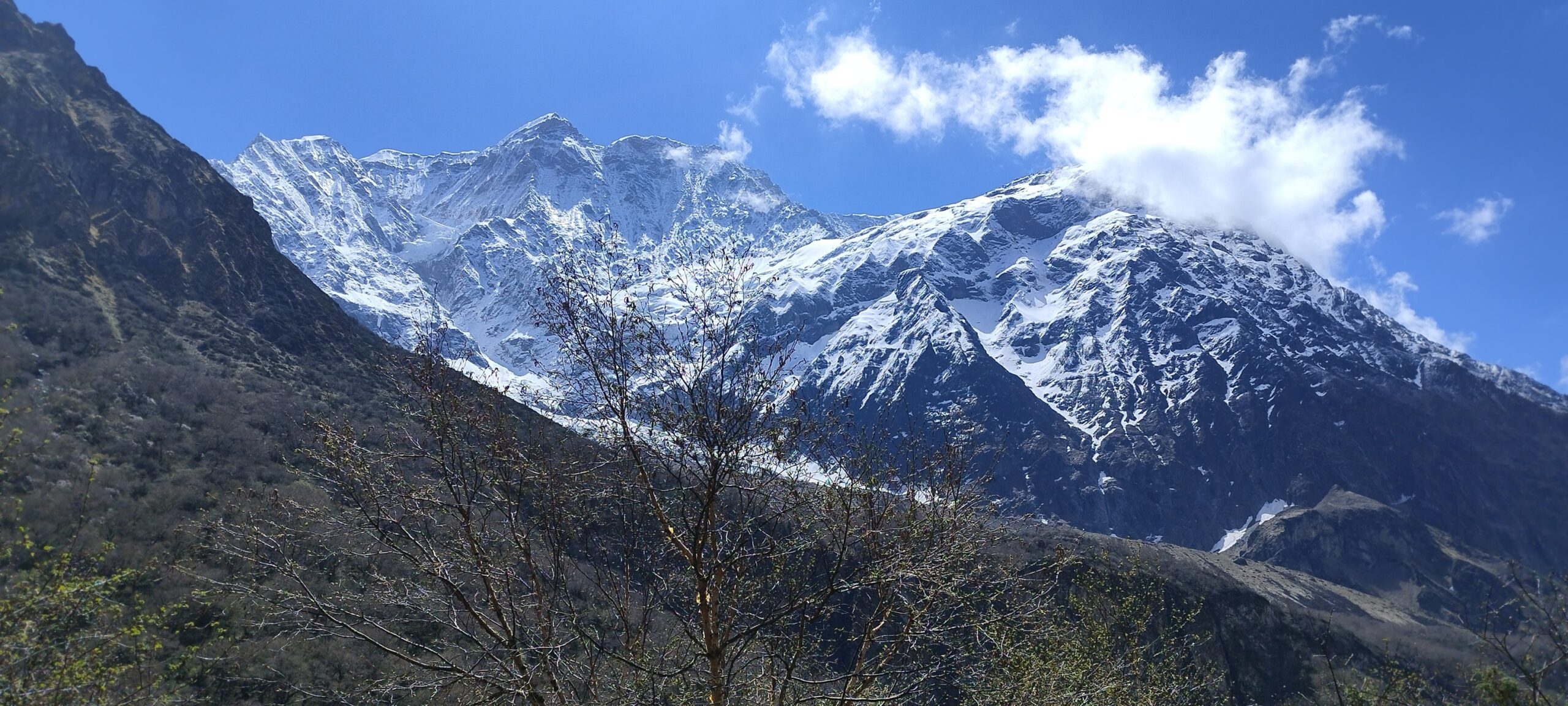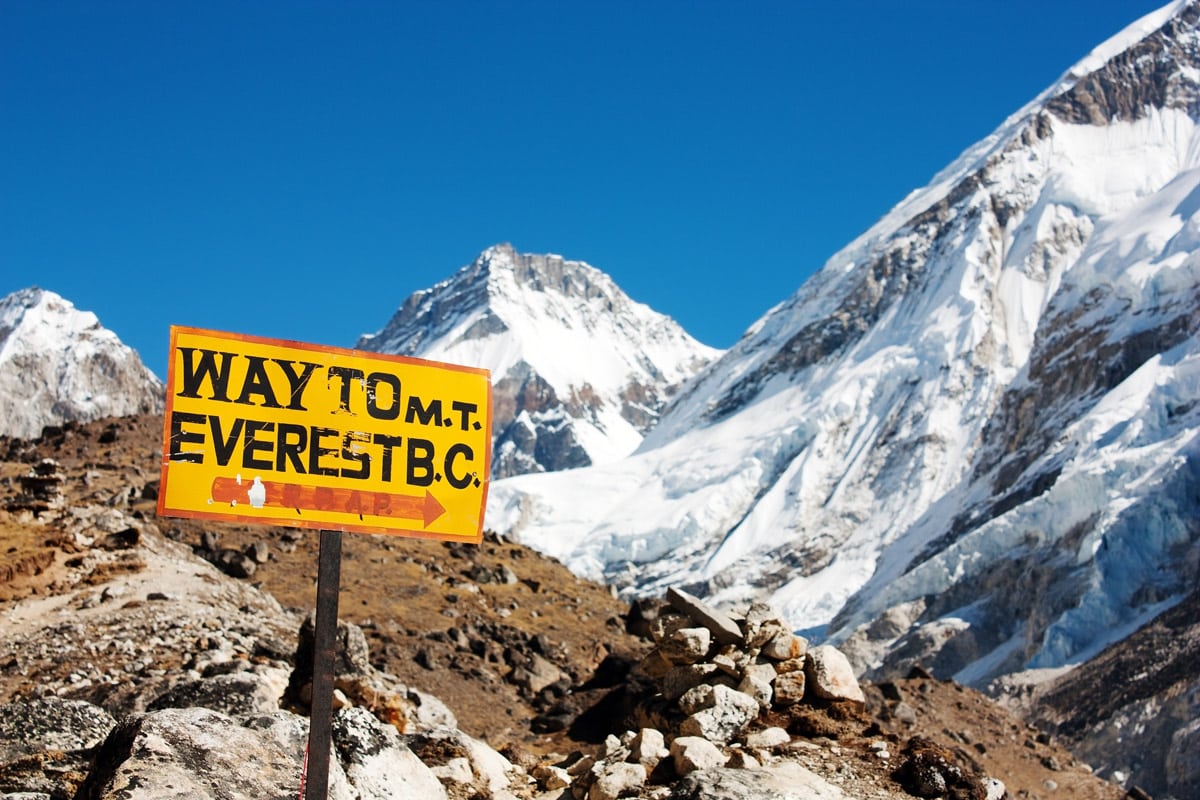US $850
Langtang Valley Trek Overview
Langtang Valley Trek is one of the outstanding treks and is renowned as the “Valley of Glaciers” trek in Nepal. The Langtang Valley Trek offers constantly changing but always incredibly beautiful views of the valley and the mountains. As the third most popular trekking route in Nepal, the Langtang Valley trek provides the best scenic views of the Langtang Range.
The Langtang Valley Trek starts from Syabrubesi, which is 165 km north of Kathmandu. The trek features a wide variety of vegetation, including pine trees, bamboo, and rhododendron flowers, creating a path that feels like a new Eden. The Langtang Valley trek is also known for its rich wildlife, such as the Himalayan black bear, Himalayan Thar, langur monkeys, and red pandas. This valley has been listed as Langtang National Park to protect the rich diversity of flora and fauna found in this region. In the Langtang Valley, the people resemble Tibetans, and a strong influence of Tibetan culture can be experienced. The Tamang tribe is the main settler in the Langtang region.
We begin our 11-day trip in Kathmandu with visits to UNESCO World Heritage sites before heading to the most accessible Langtang Valley Trek. We are always ready to design your perfect holiday plan in the Himalayas of Nepal.
Route to Langtang Valley Trek
Your Langtang Valley Trek begins in Kathmandu with a warm welcome at Tribhuvan International Airport and a cultural sightseeing tour around the valley. The next day, you’ll drive to Syabrubesi, the gateway to the Langtang region. The trek starts as you hike through lush forests, cross suspension bridges, and pass traditional Tamang villages en route to Lama Hotel and then Langtang Village, known for its mountain views and rich local culture.
Continuing to Kyanjin Gompa, you’ll explore the high Himalayas with a breathtaking acclimatization hike to Tserko Ri or Charkuri Ri for panoramic mountain views. After soaking in the beauty of the Langtang range, you’ll retrace your steps back through Lama Hotel and Syabrubesi, then return to Kathmandu. This route is ideal for trekkers looking for a scenic and culturally enriching Himalayan experience in a short time.
Why Choose Us for Your Langtang Valley Trek
The Langtang Valley Trek is a scenic and culturally rich Himalayan journey, perfect for trekkers seeking an off-the-beaten-path adventure. Here’s why Aarohi Holiday is the right choice for your Langtang Valley Trek
- Aarohi Holiday is a trusted, government-registered local company with over a decade of experience in high-altitude treks across Nepal, Bhutan, and Tibet.
- Our licensed guides are highly experienced and well-versed in the Langtang region, ensuring a safe, informative, and enjoyable journey.
- Safety is our priority—our guides are equipped with first aid kits, oximeters to monitor oxygen levels, and emergency support.
- We offer a clear pre-trek briefing online after booking confirmation to help you prepare, covering everything from the itinerary to gear checklist and altitude awareness.
- Enjoy a hassle-free booking process with secure payment options and transparent pricing—no hidden fees.
- We provide private airport pick-up and drop-off, making your travel smooth from arrival to departure.
- Our 24/7 customer support team is always available to answer your questions and assist you during the trek.
- Comfortable accommodations in local teahouses and lodges with basic amenities are included throughout the trek.
- We support sustainable tourism, employing local staff and helping uplift mountain communities.
- A complimentary porter service is included to carry your heavier luggage, allowing you to enjoy the trail with ease.
Trek to Langtang Valley – 2025/26 Group & Private Options Available
we offer flexible trekking options to suit every traveler’s needs. Whether you’re a solo trekker or planning with friends, you can join one of our fixed departure group treks or opt for a fully guided private trek. Group treks typically include 2 to 12 people, making it a great way to share the adventure and connect with fellow hikers.
We’re now taking bookings for Langtang Valley Trek departures in 2025 and are also open for early reservations for 2026. Booking early helps you secure your ideal dates and customize your experience. Reach out to us anytime for more details or to plan your Himalayan adventure your way.
Langtang Valley Trek Alternatives
Looking for other trekking options in the Langtang region? Try the Tamang Heritage Trail for rich cultural experiences, or the Langtang Gosaikunda Trek if you want to combine alpine lakes with mountain scenery. Prefer a quieter route? The Helambu Trek offers serene trails and local charm. Short on time? Take the Gosaikunda Helicopter Tour for breathtaking views without the long hike.
